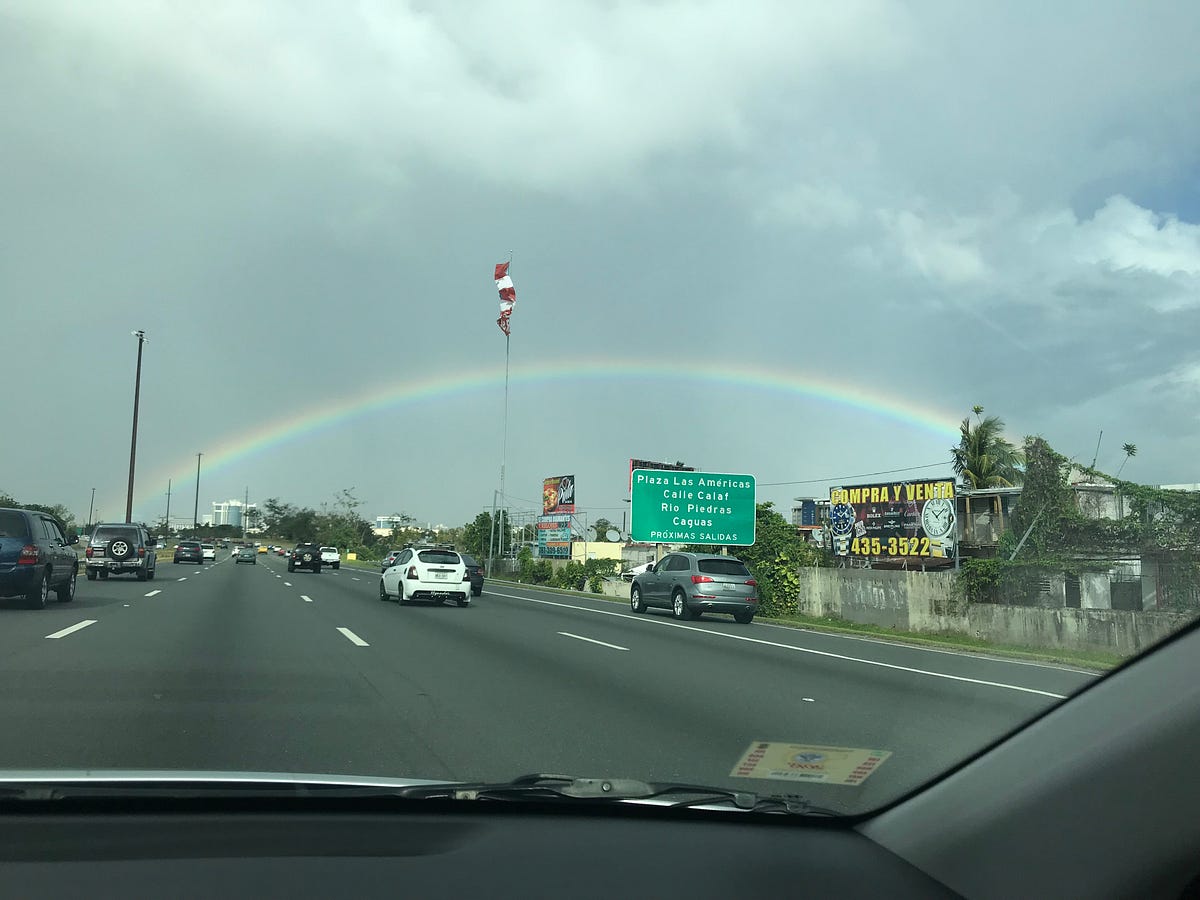Visiting Puerto Rico Six Months Later

I went to Puerto Rico for the first time last month. I was visiting a friend working with the recovery effort down there, which meant that while he was at work I would have the luxury of time. To write, rest, go to the beach, and of course to stare at my hands and feet in amazement every five minutes, marveling at the awe-inspiring sensation of them not being cold.
Only you don’t show up empty-handed, especially when you’re going to an island very recently slammed by a historic storm and which is by all accounts still struggling to make it out of the first phase of the disaster response.
I contacted about a dozen different volunteer organizations before I left to see if there was a way I could pitch in while I was there, and heard back from most of them. Most of the opportunities required more of a time commitment than I had available or had a specific need I couldn’t provide, like fostering rescue dogs or transporting them to the airport where they would be flown to the mainland and their new adoptive homes.
Which was probably ok, since I had to solemnly promise several friends before I left that I would not be returning with a new four-legged member of the family. Or two.
A few days before my trip I got a response to an email I had sent to a synagogue in San Juan asking if they knew of any project I could help with. They’d forwarded it to a group called Puerto Rico Lit, who responded right away.
Which is how an extra suitcase full of donated school supplies ended up coming with me.